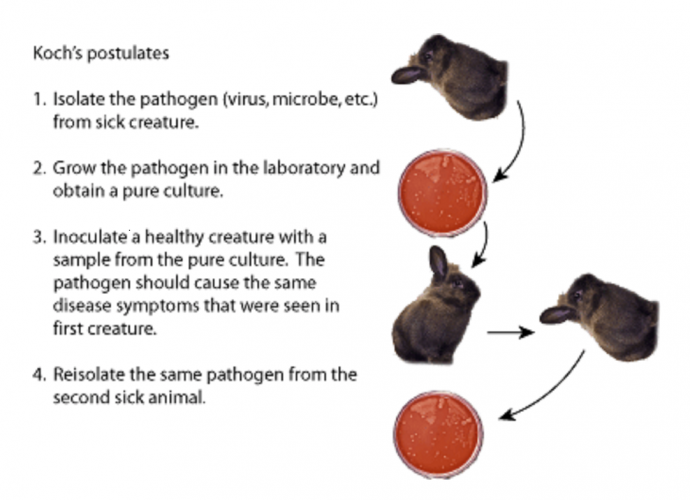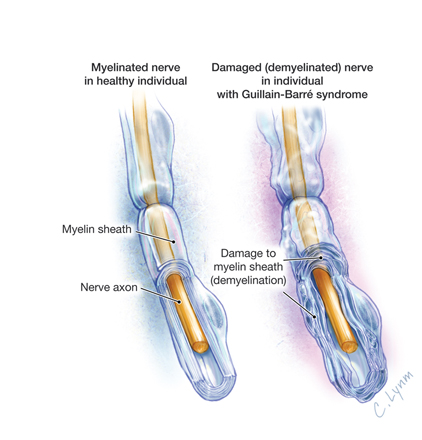It’s official. Again.
Zika and Microcephaly.
The life-threatening neurological paralysis, Guillain-Barré syndrome, was declared scientifically proven as a biological result from Zika Virus just days ago.
Zika virus has now bee n scientifically linked as a biological cause to microcephaly, the underdeveloped brain syndrome found in fetuses and newborn babies (Malone et al., 2016).
n scientifically linked as a biological cause to microcephaly, the underdeveloped brain syndrome found in fetuses and newborn babies (Malone et al., 2016).
Microcephaly had been challenged as a biological cause of Zika Virus. Scientists wisely cautioned that it remain only a theoretical association.
Why?
Most noted the singular country origin, Brazil. Also, studies were initially reported using symptoms and signs of the disease as evidence of a case rather than documenting lab tests of the disease, Zika Virus.
Then there were the findings, misinterpreted by a surprisingly high percentage of the general public (Harvey, 2016; Zika February 12-16, 2016 Survey, 2016). Many feverishly propagated the incorrect news reports and social network messages (some for political gain) that microcephaly might be linked to genetically altered mosquitoes from a UK supplier or locally larviciding the water supply (Allen, 2016; Avila Vazquez, 2016).
Still, microcephaly has marched past the confines of Brazil into other countries, including Venezuela and Colombia. It is now in eight countries, according to the World Health Organization (Zika situation report, 2016). Microcephaly has followed wherever Zika Virus has left a footprint.
Researchers have now pulled together the existing evidence and w eighed it against the scientific standard to establish biological causation, which are Koch’s postulates (Malone et al., 2016). A disease must be present in the affected individuals who have the reaction or syndrome, according to the German professor, Robert Koch (Koch, 1876).
eighed it against the scientific standard to establish biological causation, which are Koch’s postulates (Malone et al., 2016). A disease must be present in the affected individuals who have the reaction or syndrome, according to the German professor, Robert Koch (Koch, 1876).
Thus, Zika Virus is the disease, and the syndrome is microcephaly. Linking these could not be scientifically proven.
Until now.
In short, the researchers’ findings yielded, “The relationship between infection with Zika virus and primary microcephaly meets most accepted criteria for causality” (Malone et al., 2016).
It is interesting to note Malone’s research team published without knowledge that the Tahiti team just established a biological cause for the other associated outcome, the neurological paralysis, Guillain-Barré syndrome, also basing their findings on biological evidence of disease (Cao-Lormeau et al., 2016). Thus, Malone’s team was forced to declare that the available evidence needed to establish causality was currently, “plausible, but analysis is complicated by regional co-endemnicity of dengue and chikungunya (viruses)” (Malone et al., 2016).
Another notable comment by the research team is the dim outlook for Zika Virus interventions… in the near future. Indeed, Dr. Margaret Chan, Director-General of the World Health Organization, recently admitted that Zika will get worse before it gets better (Zika outbreak will worsen before it gets better, 2016). The researchers noted, “In the absence of currently available vaccines, the likely long timeline for vaccine development, and the open questions about the basic pathogenesis of Zika virus infection, parallel development of other prophylactics and therapeutics must be explored” (Malone et al., 2016).
Globally-influential research now asserts it is prudent to consider other prophylactics (preventive measures) that strengthen an individual’s immune system and reduce the risk of negative outcomes, which now officially include microcephaly and the Guillain-Barré syndrome.
REFERENCES:
Allen, G. (2016). Genetically Modified Mosquitoes Join The Fight To Stop Zika Virus. Goats and Soda. National Public Radio, 29 January 2016. Retrieved 30 January 2016 from http://www.npr.org/sections/goatsandsoda/2016/01/26/464464459/genetically-modified-mosquitoes-join-the-fight-to-stop-zika-virus
Avila Vazquez, M. (2016). REPORT from Physicians in the Crop-Sprayed Villages regarding Dengue-Zika, microcephaly, and mass-spraying with chemical poisons. Team REDUAS. Retrieved February 15, 2016 from http://www.reduas.com.ar/wp-content/uploads/downloads/2016/02/Informe-Zika-de-Reduas_TRAD.pdf
Cao-Lormeau, Van-Mai et al. (2016). Guillain-Barré Syndrome outbreak associated with Zika virus infection in French Polynesia: a case-control study. The Lancet. DOI: 10.1016/S0140-6736(16)00562-6 Retrieved March 1, 2016 from http://www.thelancet.com/pdfs/journals/lancet/PIIS0140-6736%2816%2900562-6.pdf
Harvey, C. (2016). A shocking one-third of Americans believe this Zika conspiracy theory. The Washington Post. February 23, 2016. Retrieved March 1, 2016 from https://www.washingtonpost.com/news/energy-environment/wp/2016/02/23/a-shocking-one-third-of-americans-believe-this-zika-conspiracy-theory/
Koch, R. (1876). “Untersuchungen über Bakterien: V. Die Ätiologie der Milzbrand-Krankheit, begründet auf die Entwicklungsgeschichte des Bacillus anthracis” [Investigations into bacteria: V. The etiology of anthrax, based on the ontogenesis of Bacillus anthracis]. Cohns Beitrage zur Biologie der Pflanzen (in German) 2 (2): 277–310. Retrieved March 6, 2016 from http://edoc.rki.de/documents/rk/508-5-26/PDF/5-26.pdf
Malone RW, Homan J, Callahan MV, Glasspool-Malone J, Damodaran L, et al. (2016). Zika Virus: Medical Countermeasure Development Challenges. PLoS Negl Trop Dis 10(3): e0004530. doi: 10.1371/journal.pntd.0004530 Retrieved March 6, 2016 from http://journals.plos.org/plosntds/article?id=10.1371%2Fjournal.pntd.0004530
Zika February 12-16, 2016 Survey. (2016). The University of Pennsylvania-Annenberg Public Policy Center. Retrieved March 1, 2016 from http://www.annenbergpublicpolicycenter.org/wp-content/uploads/ZikaWeek1Appendix.pdf
Zika situation report. (2016). Emergencies, as of 4 March 2016. World Health Organization. Retrieved 6 March 2016 from http://www.who.int/emergencies/zika-virus/en/ and http://www.who.int/emergencies/zika-virus/situation-report/4-march-2016/en/
Zika outbreak will worsen before it gets better, WHO head says. (2016). Health Home: Pregnancy. Reuters. Retrieved 6 March 6, 2016 from http://www.foxnews.com/health/2016/02/24/zika-outbreak-will-worsen-before-it-gets-better-who-head-says.html


 quickly learned that mosquito larviciding was much more effective than chasing adult mosquitoes.
quickly learned that mosquito larviciding was much more effective than chasing adult mosquitoes.